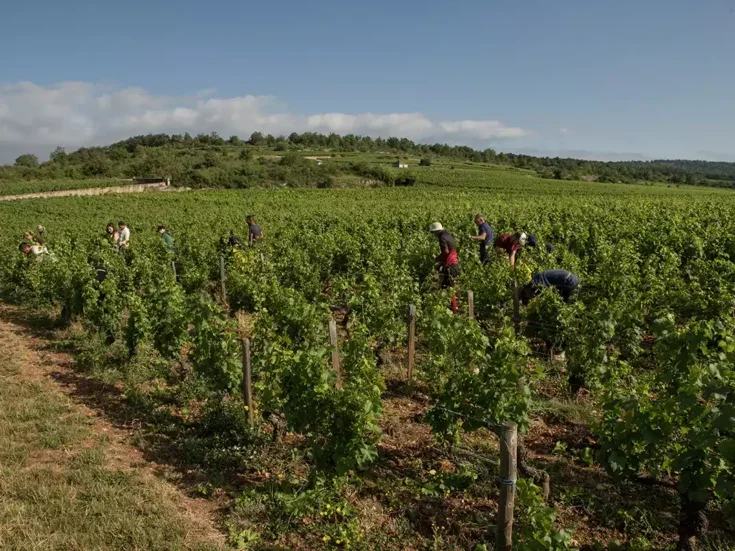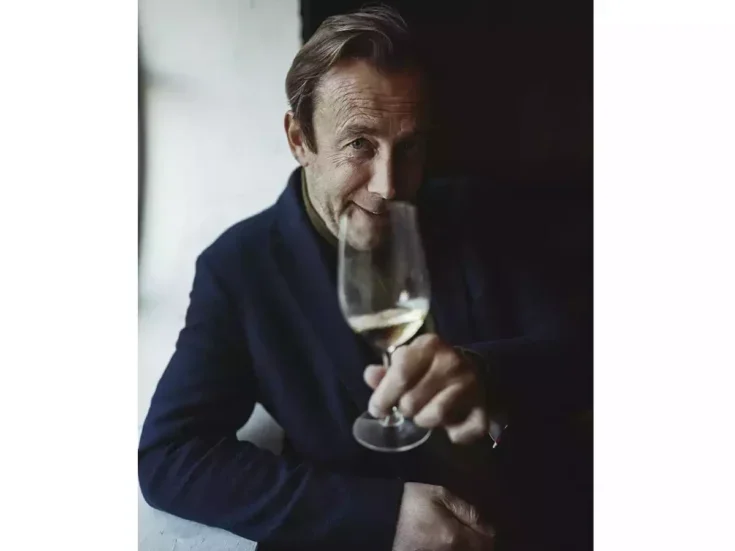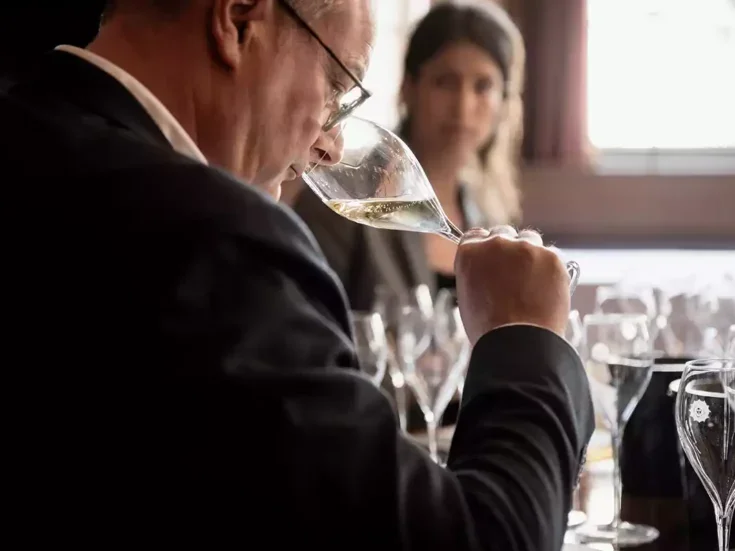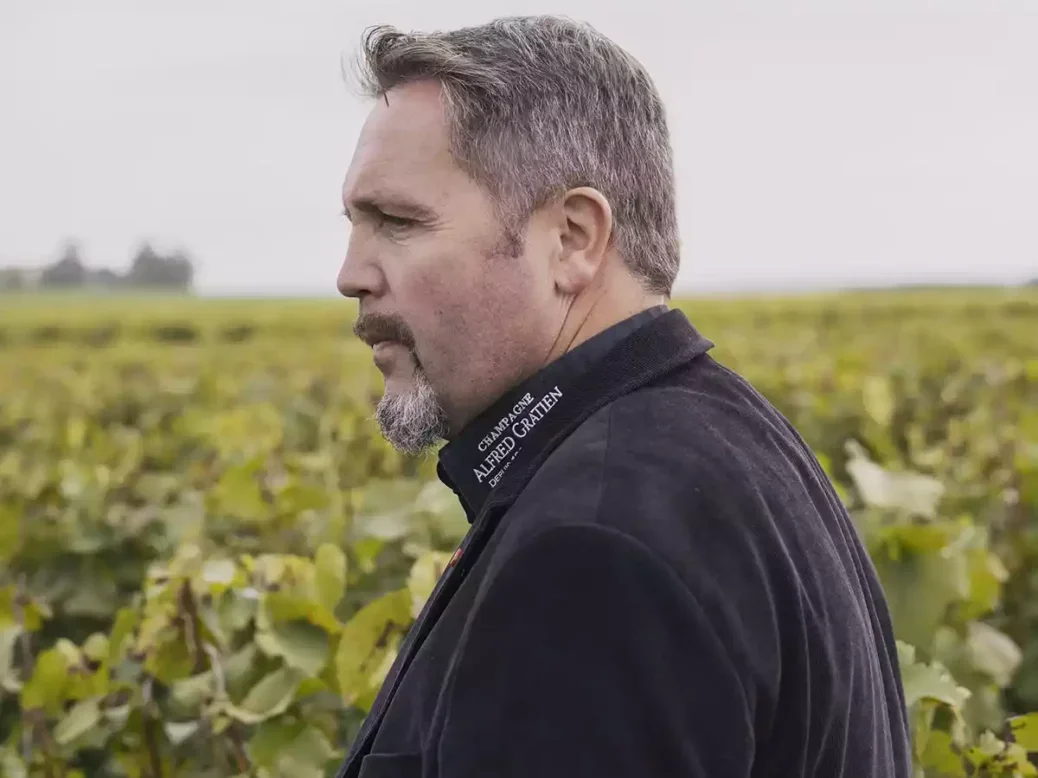
Alfred Gratien is rare in many ways and unique in one. Among all the hundreds of houses and thousands of growers in Champagne, it is among the few of the former that genuinely have the feel of the latter: a maison artisinale depuis 1864, as it aptly describes itself. A few others may also claim with legitimacy to embody “a living heritage” or “a living tradition” and to benefit from skills passed down “from generation to generation.” But at least one of the ways in which Alfred Gratien does so may have no equal: Ever since Gaston Jaeger was appointed to the role in 1905, the house has had only four chefs de caves, all from four consecutive generations of the same remarkable family, the succession passing from father to son.
The current cellar master, Nicolas—affable, candid, and humble, but dedicated and passionate, deeply experienced and highly talented—started alongside his father Jean-Pierre at the age of 18 in 1990 and worked with him for 17 years before taking over on his retirement in 2007.
The accumulation and transmission of decades of savoir-faire has been crucial, the house reasonably says, in three vital ways, into which it afforded insights over a two-day visit in June this year as part of its 160th anniversary celebrations.
The first is a detailed knowledge of the terroir and viticulture. The wines come 62% from grands and premiers cru, including Chardonnay from Avize, Chouilly, Cramant, Le Mesnil-sur-Oger, and Vertus, Pinot Noir from Bouzy and Ludes, and Meunier from Damery, Leuvrigny, and Reuil-sur-Marne. The house owns only 1.63ha (3.85 acres) of grand and premier cru vines in the Côte des Blancs but sources fruit from between 50 and 60 growers with whom it has close, long-term relationships, across some 50ha (124 acres), but all within a 25-mile (40km) radius. Nicolas is a grower himself, with family plots in Le Mesnil and Reuil—“I grew up among the vines”—which has given him a profound respect for good vignerons and viticulture. “Good wine is good grapes,” he asserts roundly. He has persuaded roughly half the growers with whom he works to let him decide harvest dates, and he is encouraging all of them toward more sustainable viticulture, paying a premium for grapes from those certified haute valeur environnementale, and even more for those certified viticulture durable en Champagne.
The second area where shared experience and expertise is crucial is the ancestral tradition of conducting all of the vinification in wood. Taking only the cuve, never the taille, Nicolas still ferments and matures all of the wines in 225-liter oak barriques (roughly 1,000 of them). For decades, these were only ever used barrels from La Chablisienne, but over the past two years, 10% have been new, from two coopers—Sylvain and Tonnellerie de Champagne—selected from three trialed. Even so, the average age is around 17 years. The fermentation has been more reliable over the past ten years, Nicolas says, since it was possible to control the ambient cellar temperature. (It is now down at 57–59°F [14–15°C].) The malolactic fermentation is always blocked with sulfites, and the acidity may be heightened slightly further, Nicolas suggests, from the sulfuric acid used to keep the barrels meticulously clean, even though they are of course rinsed thoroughly and also steam-cleaned shortly before the harvest. Every barrel is checked very carefully before being filled, and any with even the faintest whiff of mushroom are not used.
The wine spends a further six months in barrel on its lees, though bâtonnage is never practiced, because Nicolas does not need to add any richness and does not want to add any heaviness. Before it was possible to control the humidity (now up at 86%), as much as 100hl a year were lost to evaporation as the angels’ share. (These happy spirits are still commemorated on every barrel and also on the anniversary cuvées.) Adhering to wood is clearly very costly and very exacting—but for Nicolas, still well worth all of the painstaking work. It certainly isn’t “wood for wood’s sake,” as he says; it should never dominate and should only ever enhance—through greater complexity from the fermentation, greater roundness from the maturation, and heightened “emotion” in the wine. His belief in wood extends through to closures, all of the Vintage wines and the prestige cuvée Paradis being under cork rather than crown cap throughout the second fermentation and the very extended time they spend on lees.
On the shoulders of giants
The third area where Nicolas happily sits on the shoulders of ancestral giants—and therefore sees even further than they could—is the art of blending. (That is not to say they didn’t also produce superlative wines: Nicolas recalls a magical bottle of the 1955 shared with his father one Christmas Eve, and he very generously opened for us a magnificent bottle of the 1964, from my birth vintage—aging far more gracefully than I am and a moving testimony to the longevity and quality of the wines already being made more than half a century ago.)
The hors classe Alfred Gratien Brut (50% Chardonnay, plus Pinot Noir and Meunier, even better from magnum, the current release being based on the 2019 vintage) always has a very high proportion (roughly 60%) of reserve wine, from a perpetual reserve started in 1990 and maintained through what Nicolas calls “regeneration” rather than “solera.” Each year, all of the NV blend is added as vin clair to the NV reserve, kept on its lees in temperature-controlled stainless-steel vats, before 70% is bottled and 30% carried forward. A brilliant innovation introduced by Nicolas in 2007 is the Paradis “solera,” which he supplements with each new vintage of this outstanding prestige cuvée, and for which he has two very important uses. One is as the liqueur d’expédition for the entire range, which takes 10–15% each year; and the other is for the two special cuvées so far bottled and released from it—the 565 (4,000 bottles) and 595 (300 magnums), the first “5” for the five Paradis vintages in the blend (2007–11), the “6” and “9” for the number of years spent sur lattes by the bottles and magnums respectively, and the second “5” for the five senses stimulated by the wines. All of the bottles have sold, but some of the magnums—along with the three Vintages in the late-disgorged Memory Collection (1997, 1998, 1999) the new anniversary cuvées, and the rest of the line—may still be bought directly from the charming boutique in Epernay, where a range of tastings and tours are offered year-round.
Nicolas’s achievements are all the more remarkable given the higher production Henkell has required (up from 100,000 bottles in 2000, to 300,000 today)—with no compromises in philosophy or quality. And as the marketing has risen from sotto voce to mezzo piano, he, his family, and the “Champagne wines” (as he calls them, for their gastronomic potential) are finally receiving the recognition they deserve.
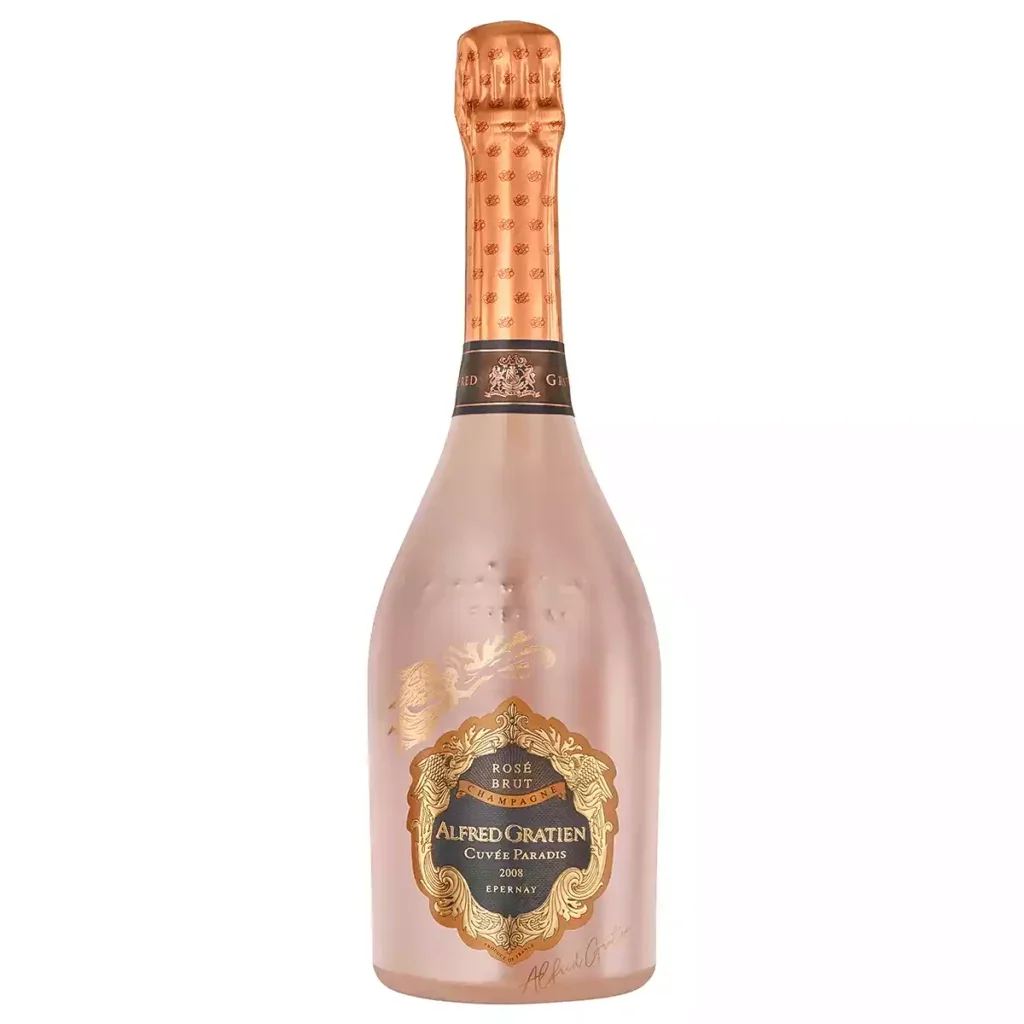
Tasting
Over lunch at Le Bristol, Paris; June 19, 2024
Alfred Gratien 2008 160th Anniversary Limited Edition (bottle)
(56% Chardonnay, 23% Meunier, 21% Pinot Noir; disgorged May 14, 2024; dosage 8g/l)
Still a very pale gold, with a fine, gently persistent mousse. A captivating first nose: elegant, fine, fresh, focused, and intense, the light acacia, brioche, and savory umami notes the only (entirely positive) signs of its age and extended time on lees. With air, the aromas become more marine and mineral, enhanced finally by the faintest grace notes of champignons de Paris. Great core density and layered richness on the palate—a fine Montrachet texture—but it manages to circle the square and trip the light fantastic in that it’s also flowing, floating, graceful, and silken, with the excellent persistence and scintillation of the best of this powerful vintage.
A magnificent match for Brie layered with dried, diced apricots, figs, hazelnuts, and pistachios. Edition limited to 1,600 bottles. | 96
Alfred Gratien 2008 160th Anniversary Limited Edition (Jéroboam)
(56% Chardonnay, 23% Meunier, 21% Pinot Noir; disgorged May 17, 2024; dosage 8g/l)
Palest gold, even with a faint hint of lime green on the rim, and an exceptionally fine mousse. Even more filigreed finesse and freshness of scent than the bottle, with enchanting, fleeting hints of café au lait and fleurs blanches, including exotic gardenia, then sweet herbs, light meringue, patisserie, and an uplifting smoky waft. Less layered richness but even more aérien delicatesse and silken glide than the bottle—a fine Chevalier-Montrachet texture—the acidity even more perfectly integrated and wrapped, the lightest amertume noble even more perfectly pitched, adding a victory roll to the exhilarating, high-soaring finish. Already sublime and doubtless ever more so for another couple of decades at least. And for once, dessert, in the form of a lightly peach-scented vacherin, was a perfect partner. Edition limited to a symbolic 160 Jéroboams. | 98
Alfred Gratien 2008 Paradis Rosé
Limited Edition The Angels’ Share
(63% Chardonnay, 37% Pinot Noir; disgorged February 2024; dosage 8g/l))
An alluring, promising, pale copper-salmon rosé hue and a persistent, super-fine mousse. An enthralling, fresh fragrance, detailed, intricate, and precise, with petits fruits rouges (from the 12% of still red wine from Bouzy) and épices doux, blossoming with time in the glass to the finest, gentlest roseate scent. The core density is finely spun, at the heart of an exquisitely refined silken texture, with an appetizing light nip, but no rub, from the phenolics, which add another dimension and extend the fabulously flourishing finish. Well paired with suprême de volaille de Bresse rôti, bacon, spring onions, petits pois, and cinnamon-infused chicken jus. | 97

